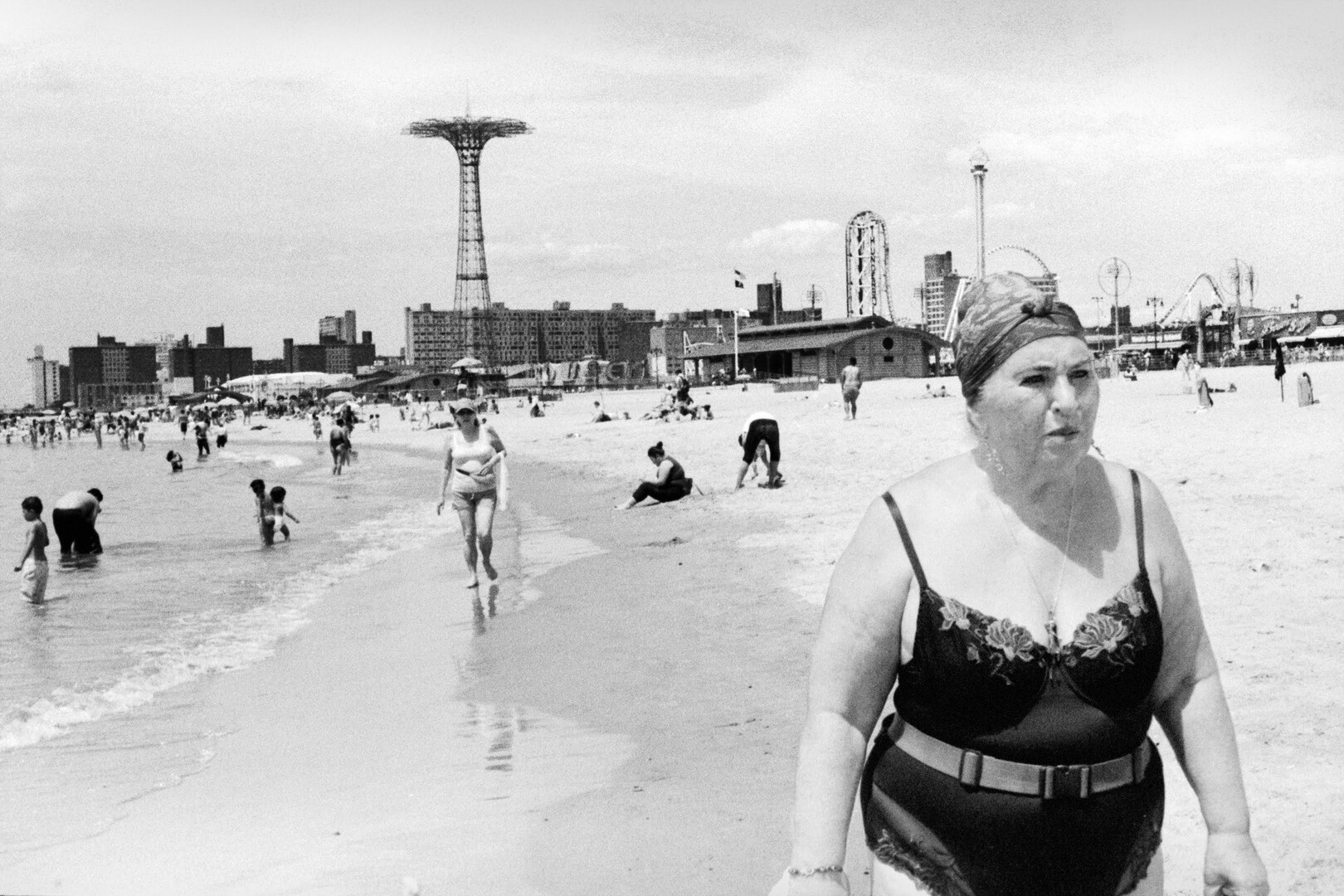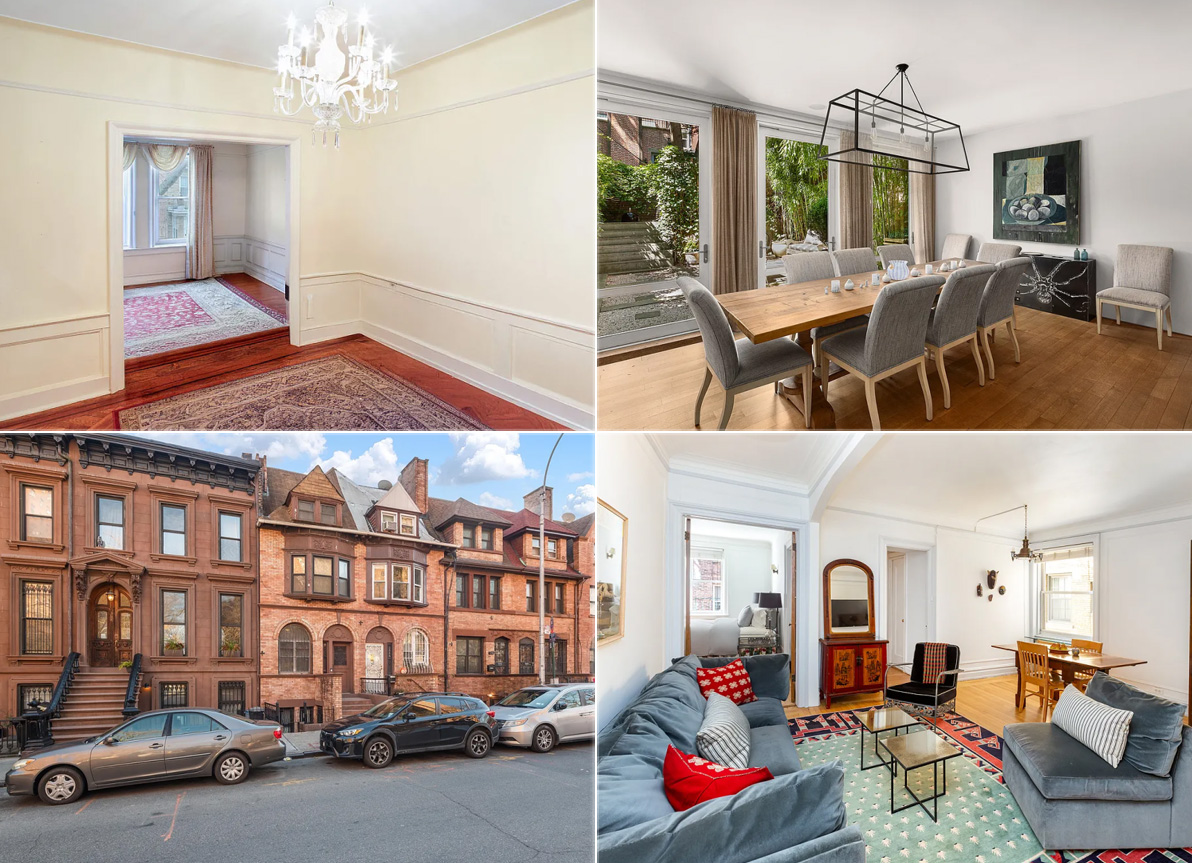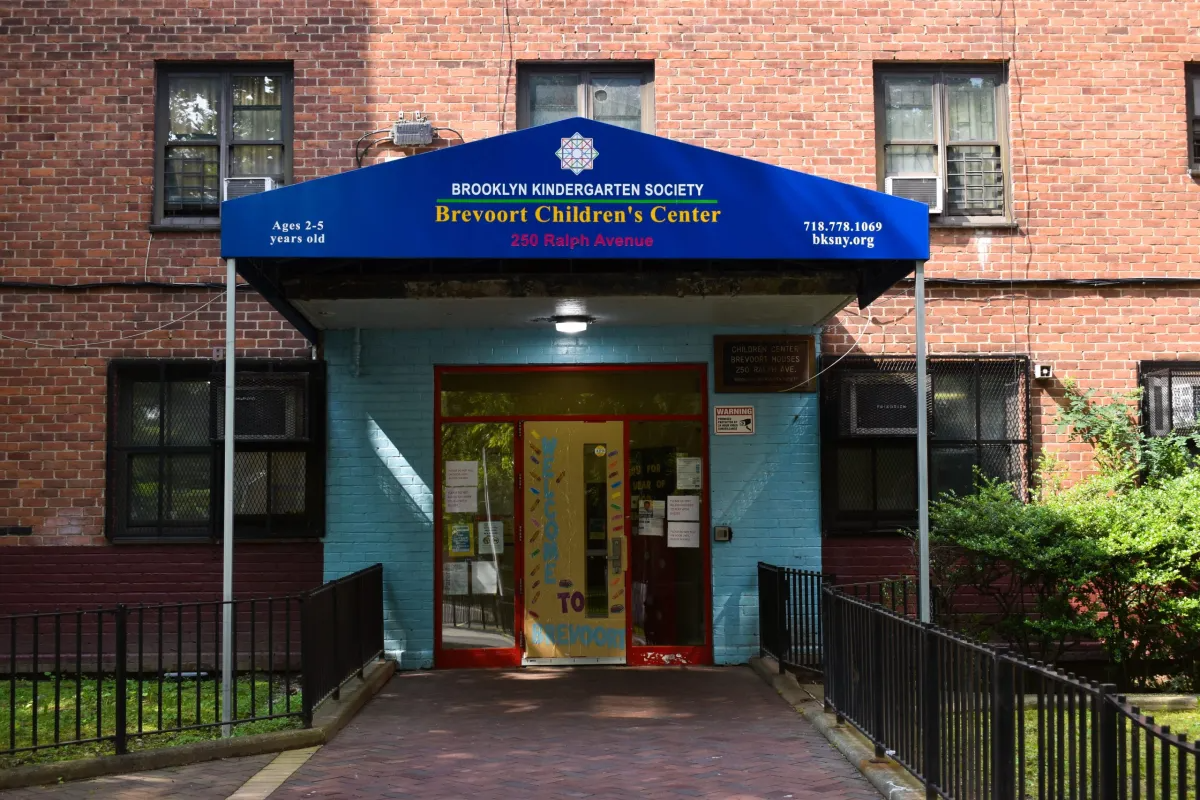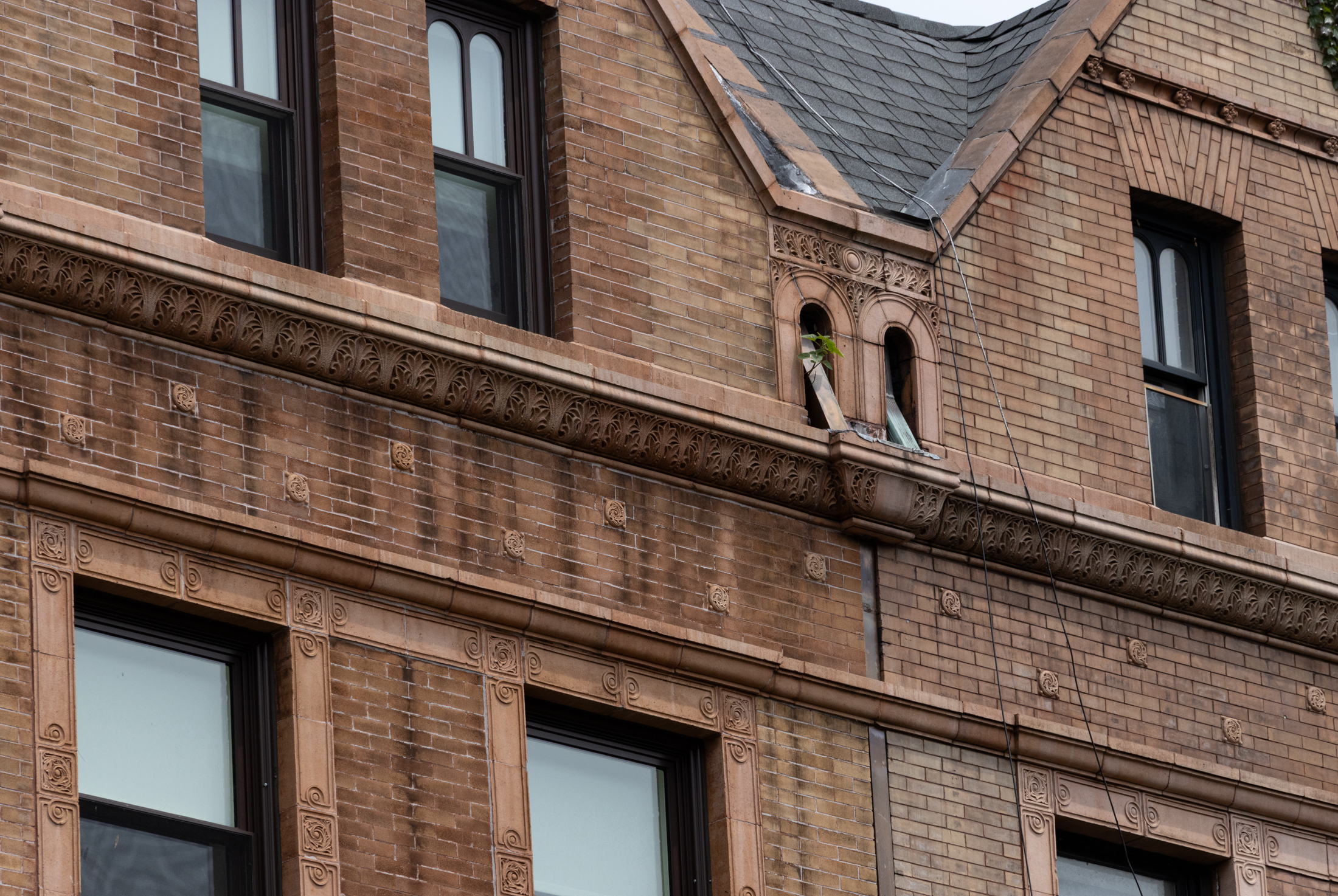The Hot Seat: Kian Goh
Welcome to the Hot Seat, where we talk with folks who work in Brooklyn real estate, development, architecture, and the like. Introducing Kian Goh, the founding partner of Super-Interesting!, a multidisciplinary architecture, design, and sustainability consulting practice based in Brooklyn. She is also an educator and community activist. Brownstoner: What neighborhood do you live in,…


Welcome to the Hot Seat, where we talk with folks who work in Brooklyn real estate, development, architecture, and the like. Introducing Kian Goh, the founding partner of Super-Interesting!, a multidisciplinary architecture, design, and sustainability consulting practice based in Brooklyn. She is also an educator and community activist.
Brownstoner: What neighborhood do you live in, and how’d you end up there?
Kian Goh: I live in Fort Greene, roughly equal distance from the park and BAM. It’s a fantastic neighborhood! Back in 2002 I was moving from Williamsburg and looking for a small apartment in a leafier part of Brooklyn. I really loved the tree-lined streets, the gem of a park, mix of townhouses and apartment buildings, and, in particular, the diversity of the people who live here.
BS: Where do you look for inspiration when beginning a project? Do you tend to have a close working relationship with the owners of the property?
KG: I definitely find inspiration in the history of the site and city, and the people we work with. I particularly love working with clients who are committed to social and environmental sustainability in their communities. It’s really a great feeling when you find such shared priorities and worldviews, when design and organizational vision really come together. For our work with the Audre Lorde Project, a community organizing center for LGBT people of color [in Fort Greene], we prioritized transparency, flexibility, and shared work space in the design of their new home. These design components are very much in line with the organization’s consensus-based work model and progressive politics.
Click through to see a photo of the Audre Lorde Project’s space; find out about Kian’s work on a community center in Red Hook; and hear her opinions about why architecture really matters in places like homeless shelters…

Audre Lorde Project Office
BS: What are you currently working on in Brooklyn?
KG: We’ve been working on a community center for the Red Hook Initiative. RHI is a young community center that offers health and education workshops for youth and women who live in the Red Hook Houses, the largest NYCHA housing project in Brooklyn. The first phase of the project involved building out a series of flexible rooms for events, meetings, lounges and offices, replacing the large garage doors with glazed roll-up doors, and punching 12 new skylights in the roof. This phase has been completed, and we’re moving on to the second phase, which will involve a community-led mural and planted green wall, and, later on, a green roof and photovoltaic panels. We are aiming to have the project LEED certified.

Red Hook Initiative, Exterior Rendering
BS: Can you tell us a bit about what you found conducting the policy proposal for LGBT homeless youth shelters? Why is it important we take architecture and design into consideration while looking at these types of spaces?
KG: It’s important to know that every night many hundreds of young people in the city don’t have a roof over their heads. They may have been kicked out of their homes for being lesbian, gay, or transgender, or they may have left their hometowns for New York to escape bullying or discrimination. It’s a really serious and ongoing problem. From an architectural point of view, there’s boundless potential. Think about the role of design for spaces that must accommodate those who are in physically and emotionally challenging conditions, who might have been kicked out of their homes, sleeping on the streets, who might live in the shelter for two nights or two months. Often the youth face not just the loss of family, but the loss of community. Living, even if for a short period, in an architecturally distinct space, a well-designed, healthy environment, could bring back, even for a moment, that sense of belonging.
In my work I’ve tried to learn from experts – proponents, for example, of the “Housing First” concept of quickly securing stable housing for homeless people, and then providing services as required. I’ve also had to ask myself, what is a queer space? And, what is teen or young adult space? How do you walk the line between providing ownership and supervision?

Pier 40 LGBT Center, New York, NY, Exterior rendering
BS: Finally, your favorites: favorite neighborhood and favorite new development on the market?
KG: Favorite neighborhood: Luckily I live in my favorite neighborhood! It’s Fort Greene – still, after almost ten years here. It’s certainly changed a lot in the last decade. But, from the excellent farmer’s market in Fort Greene Park, to much appreciated newer businesses like Greenlight Books and Bespoke Bicycles, this neighborhood feels like it exists very much in a dynamic present, and still seems to capture, for me, the best of Brooklyn. A close second: the far West Village, the inconceivably still and dreamlike streets caught between the bustle of Bleecker and the newfound glitz of the Meatpacking District. Favorite new development: I’m always on the lookout for projects that prioritize sustainability, affordability, and put a premium on social interaction. I’m excited to see Grimshaw’s Via Verde project in the Bronx, one of the first large-scale green affordable housing developments. I would love to see more very dense but lower-rise mixed-use developments in Brooklyn.





Wonderful interview- and I like the LGBT Center project. Hope they do more in Brooklyn.